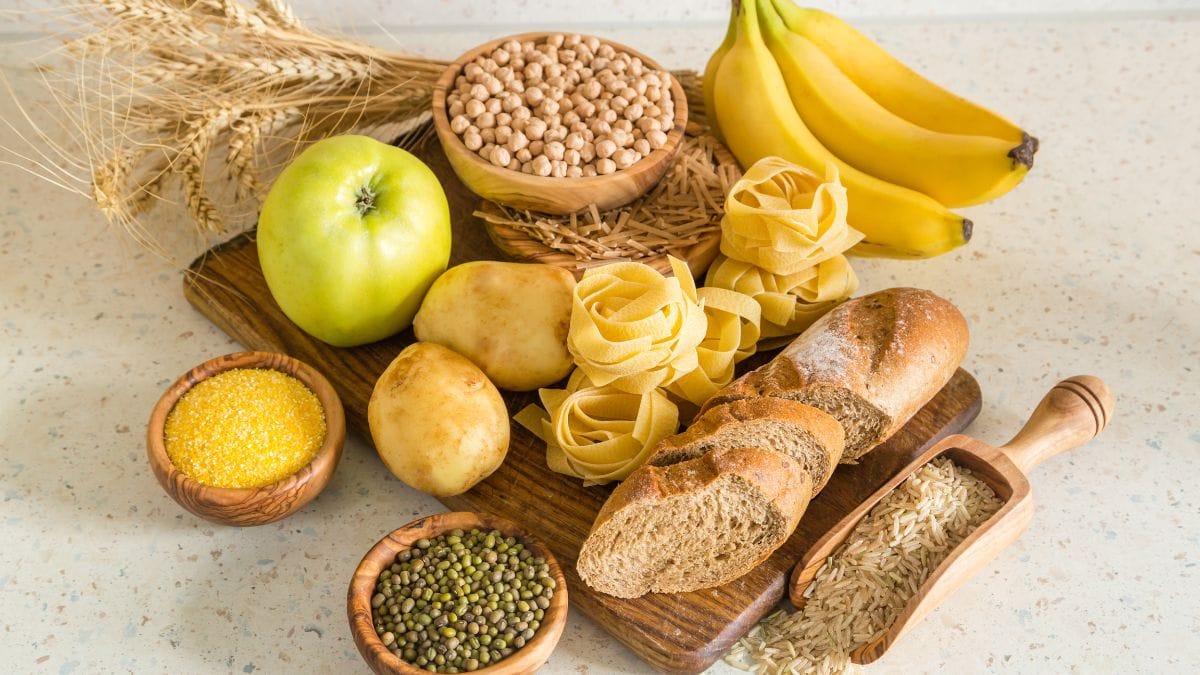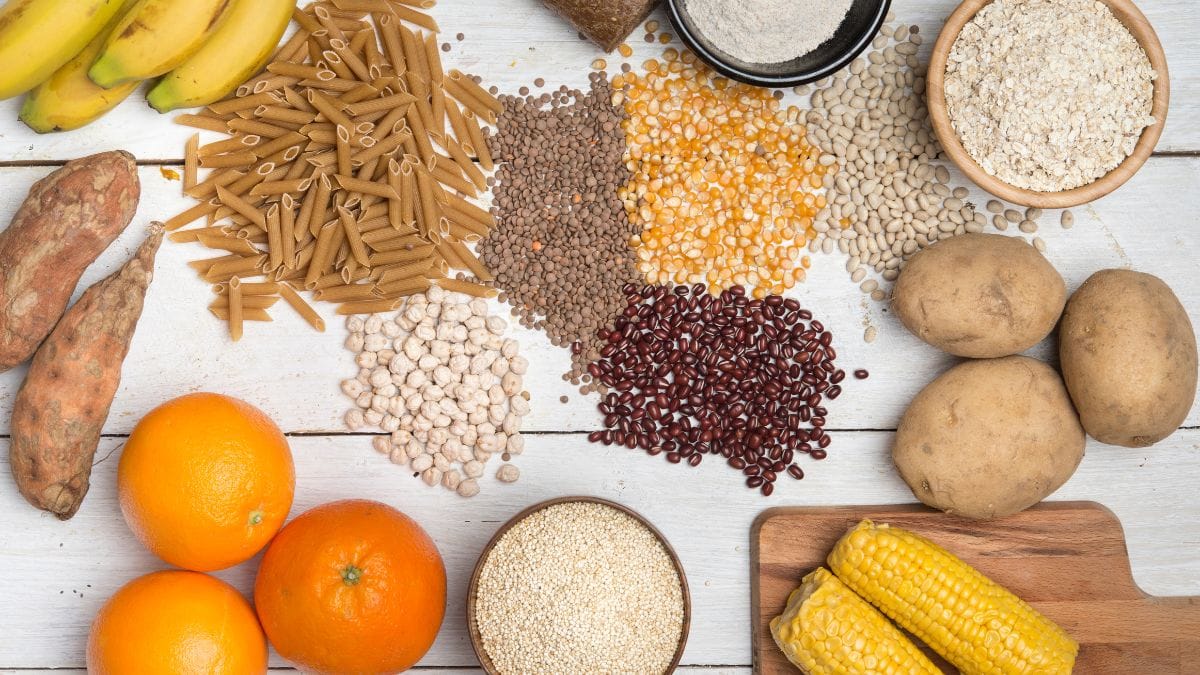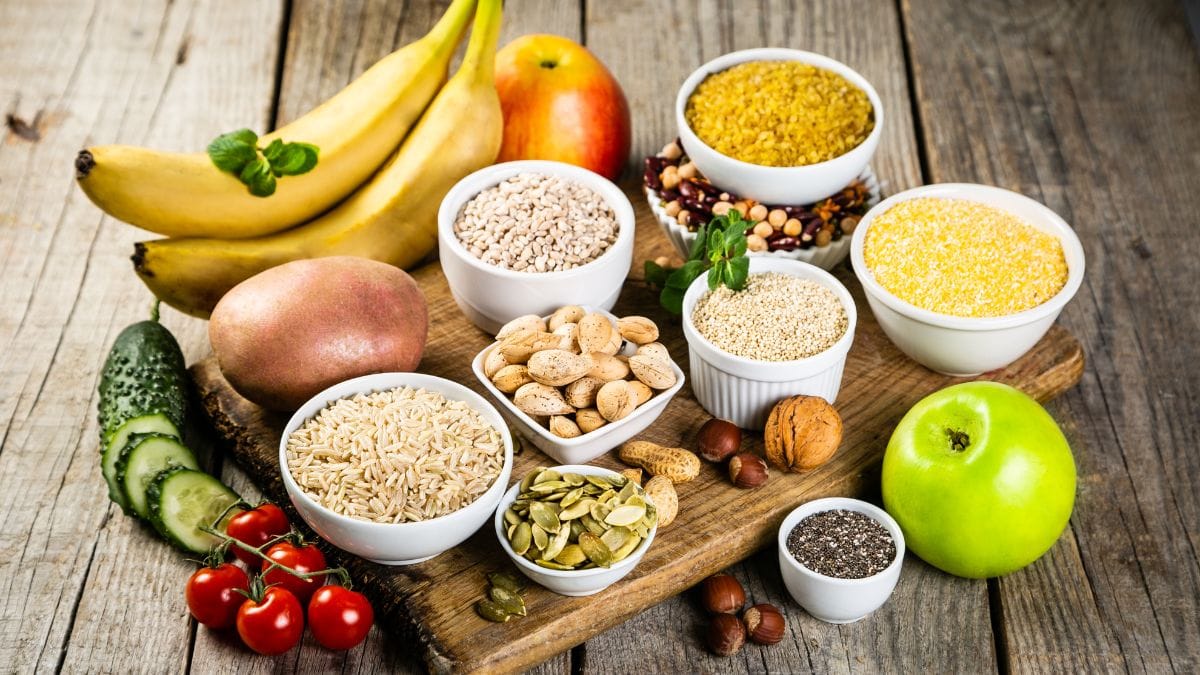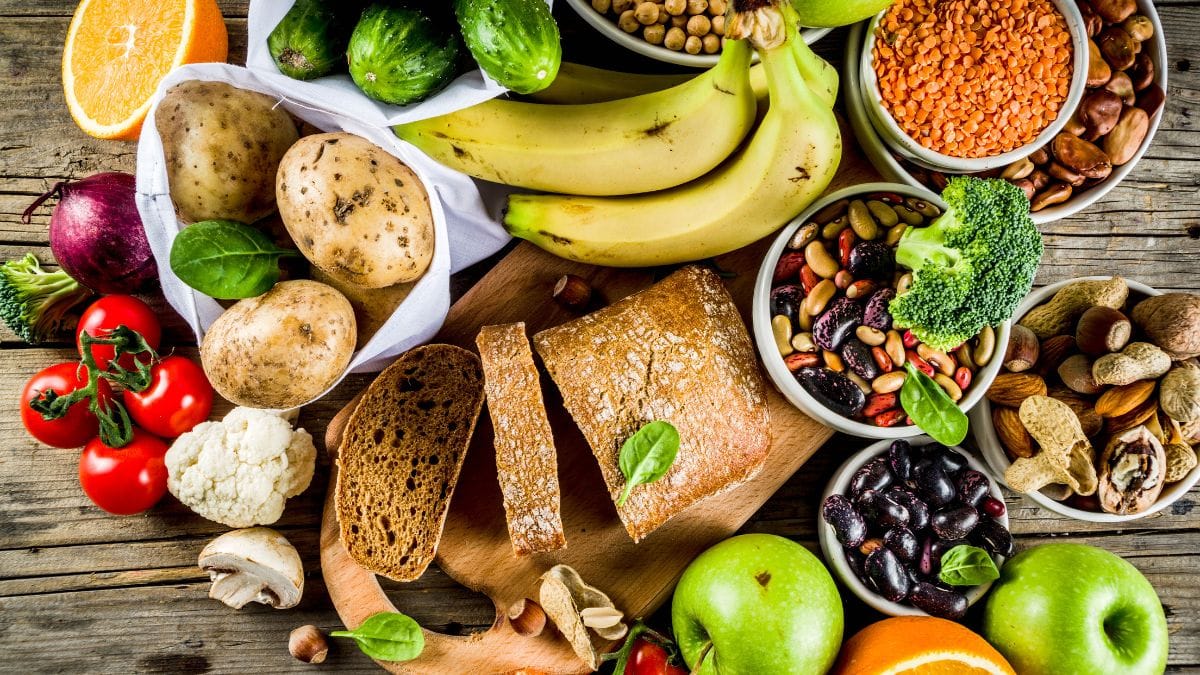Short Answer: If you accidentally eat bad quinoa, you may get mild food poisoning from the saponins in quinoa.
Quinoa is a plant that produces edible seeds that are often eaten as a grain.
Quinoa is rich in protein, fiber, vitamins, and minerals, and is gluten-free. Quinoa has a nutty flavor and a fluffy texture when cooked.
If you accidentally eat bad quinoa, you may experience mild food poisoning symptoms such as nausea, vomiting, diarrhea, and stomach pain.
This is because quinoa may contain saponins, bitter compounds that act as natural pesticides and can irritate the digestive system.
Saponins can also make quinoa taste bitter if it is not rinsed well before cooking.
Saponins are not toxic, but they can reduce the absorption of some nutrients and cause inflammation in some people.
Saponins can also have some beneficial effects, such as lowering cholesterol and blood sugar levels, and modulating the immune system.
It is quite uncommon to eat bad quinoa, as quinoa has a long shelf life and can last for several years if stored properly.
Quinoa can go bad if it is exposed to moisture, heat, or pests, which can cause mold, rancidity, or infestation.
You can prevent or treat mild food poisoning from bad quinoa by drinking plenty of fluids, eating bland foods, and resting.
If you have severe symptoms, such as dehydration, fever, or blood in your stool, you should seek medical attention.
To avoid accidental eating of bad quinoa, you should always check the expiration date, smell, and appearance of quinoa before cooking.
You should also rinse quinoa thoroughly under running water to remove any saponins or dirt.
You should store quinoa in a cool, dry, and dark place, in an airtight container.
Finally, remember, quinoa is a nutritious and versatile food that can be enjoyed in many ways.
Quinoa can be cooked as a side dish, added to salads, soups, or casseroles, or used to make flour, flakes, or beer.
Quinoa can also be a great alternative to wheat or rice for people who need to avoid gluten.



